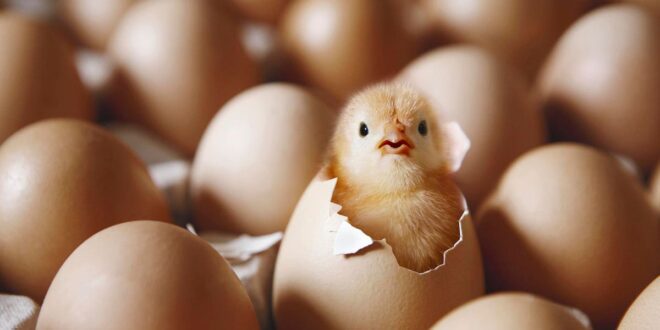The egg industry is infamous for its cruel and unethical treatment of animals. Every day, approximately 7 billion day-old chicks are killed using suffocation or maceration because the factory farming industry has no use for them. This includes all male and unhealthy female chicks that are identified as unwanted within minutes of hatching.
These methods are employed regardless of whether the eggs are produced by free-range, organic, or battery cage hens. The foie gras industry also selectively kills millions of female ducklings and goslings using these methods, as they don’t gain weight as quickly as males.
Efforts have been made to develop a better and more practical way to identify the sex of an egg early in incubation, with the goals of improving animal welfare, reducing food waste and environmental damages, and reducing related costs. Some European countries have banned culling of male chicks or plan to phase it out.
Various experimental methods are in development or testing stages, including sampling the egg through a tiny hole in the shell and imaging through the shell with scanners. However, some of these methods are not immediately useful in practice.
A new method developed by a team at the University of California Davis and SENSit Ventures Inc. can identify the sex of an egg at 8-10 days of incubation by analyzing emitted volatile organic chemicals. The researchers adapted suction cups already in use to handle eggs on a massive scale to “sniff” air without opening them. The air samples were analyzed using gas chromatography/mass spectrometry, and sex was confirmed by DNA analysis.
The system has an 80% accuracy rate in identifying male and female embryos and is miniaturized, inexpensive, and efficient. It can potentially be developed to identify a broad range of chemicals from environmental samples, including detecting explosives, plant diseases, and environmental triggers for asthma.
SensIT Ventures was founded in 2015 and utilizes proprietary technology to develop and sell custom chemical sensors that provide solutions to multiple industries. This promising technology could be integrated into hatcheries and has potential applications in defense and security, food and agriculture, process engineering, and healthcare.
 Mind Uncharted Explore. Discover. Learn.
Mind Uncharted Explore. Discover. Learn.



